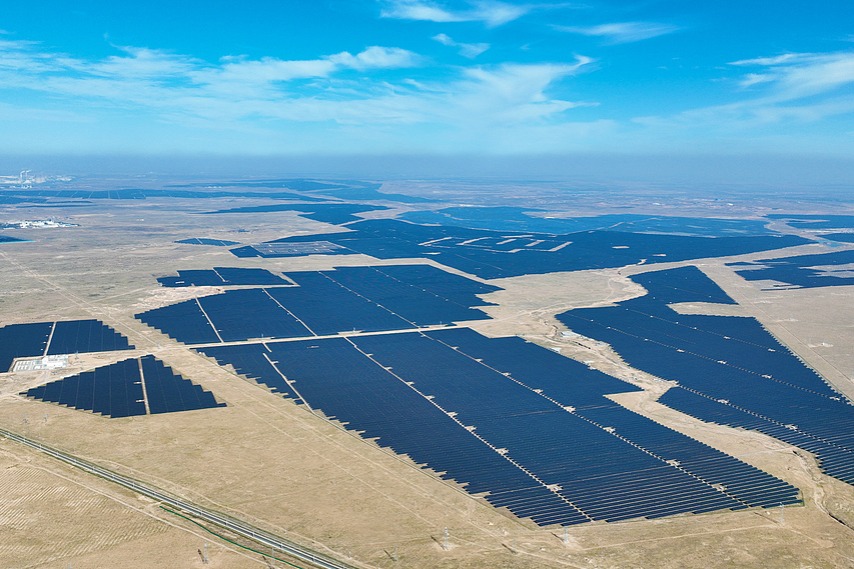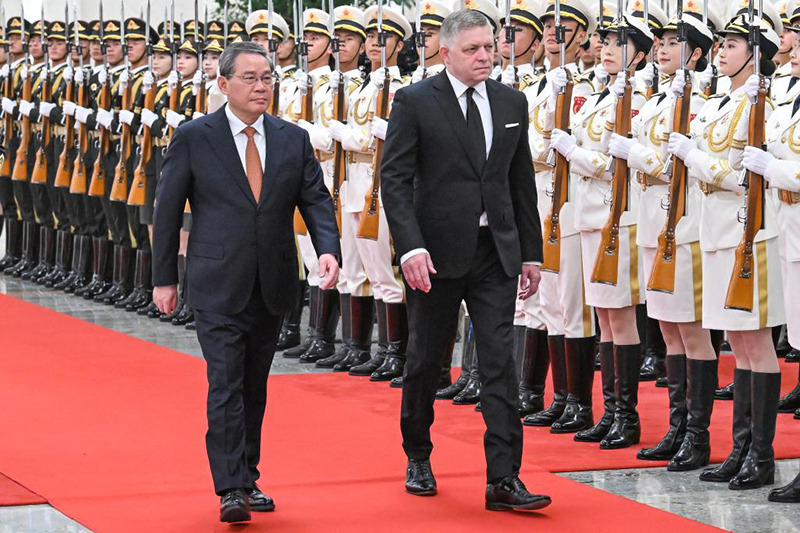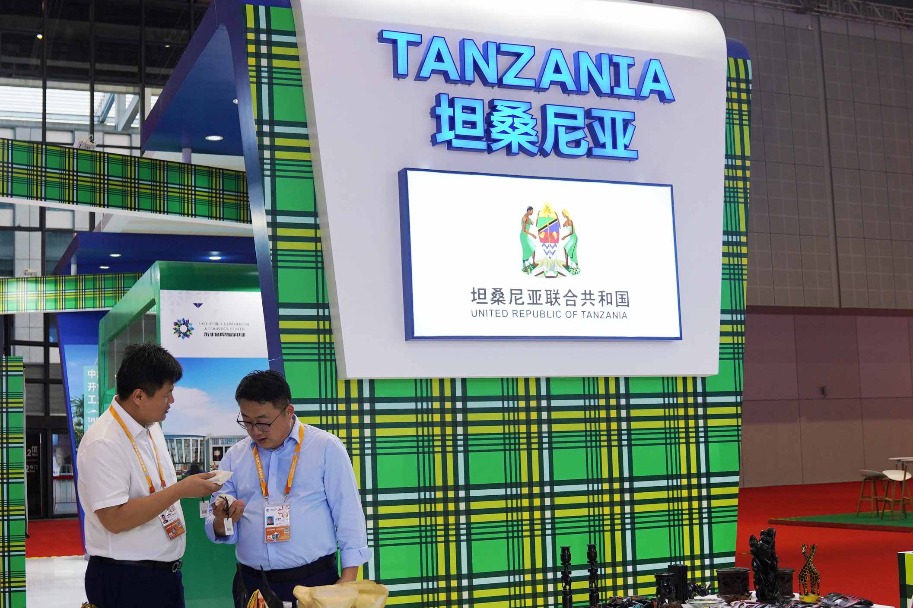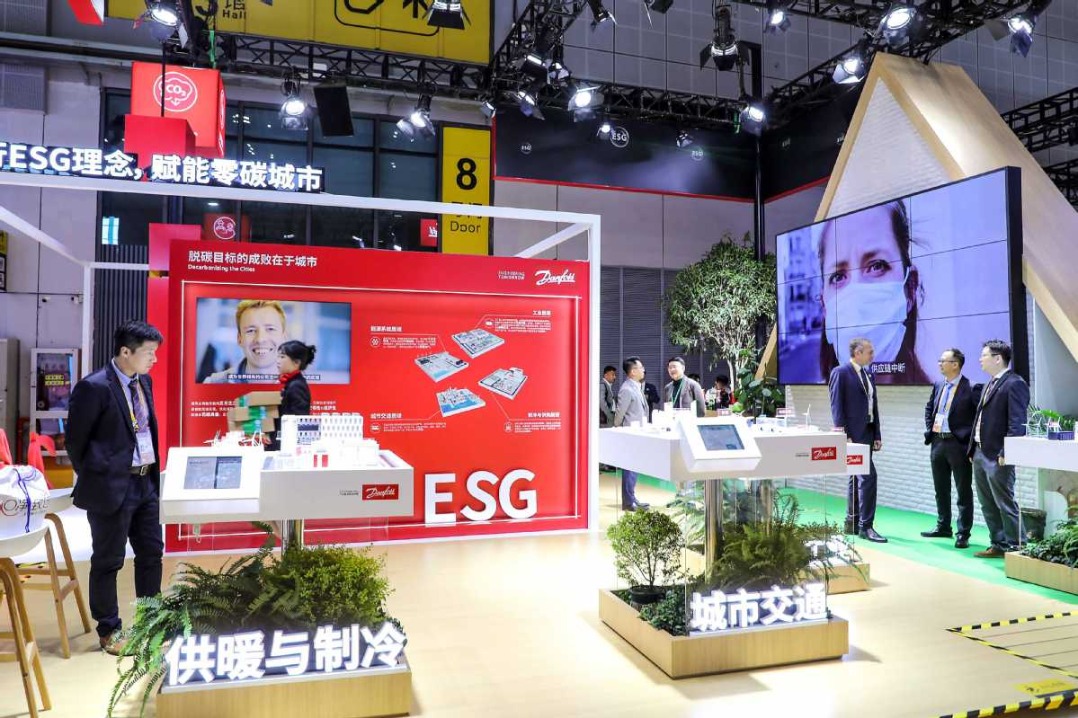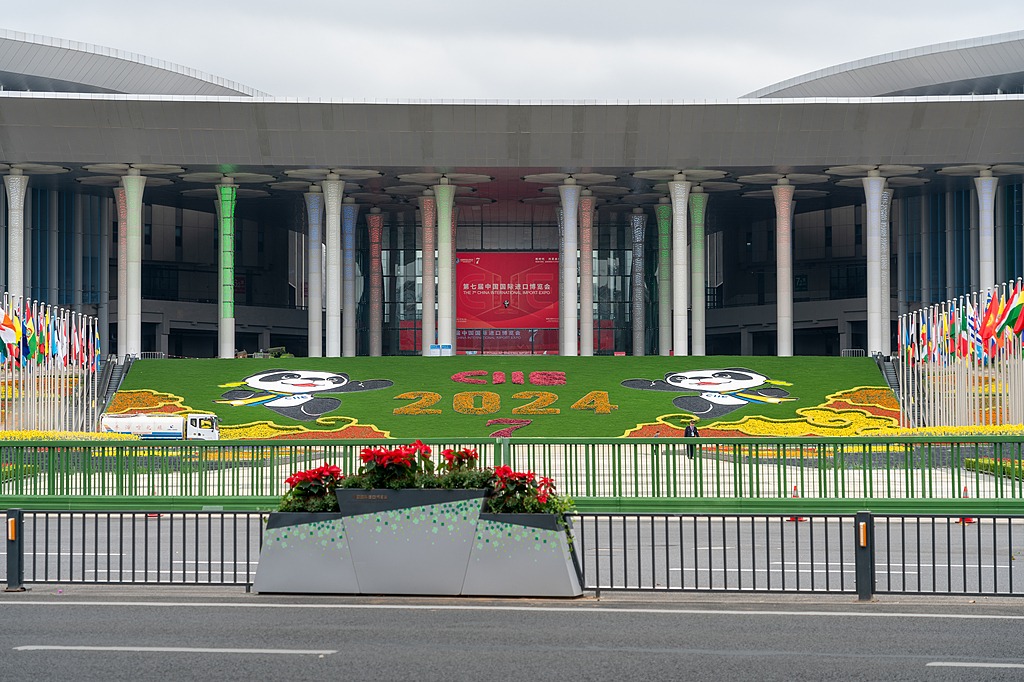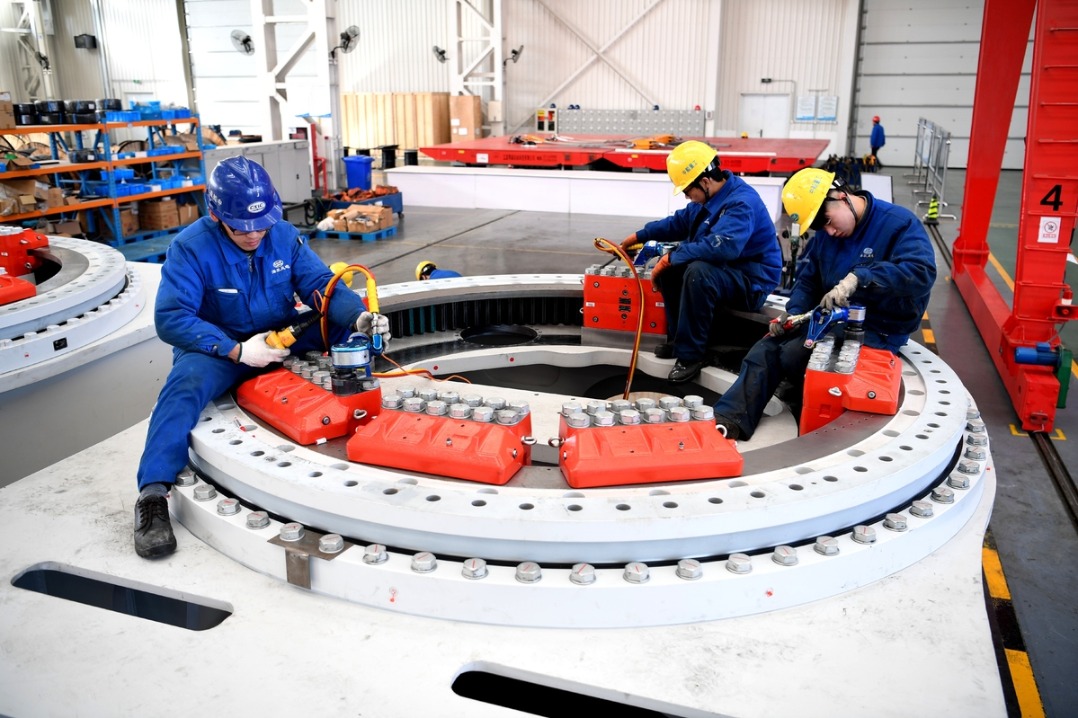Infineon eager to tap into low carbon and digitalization in China

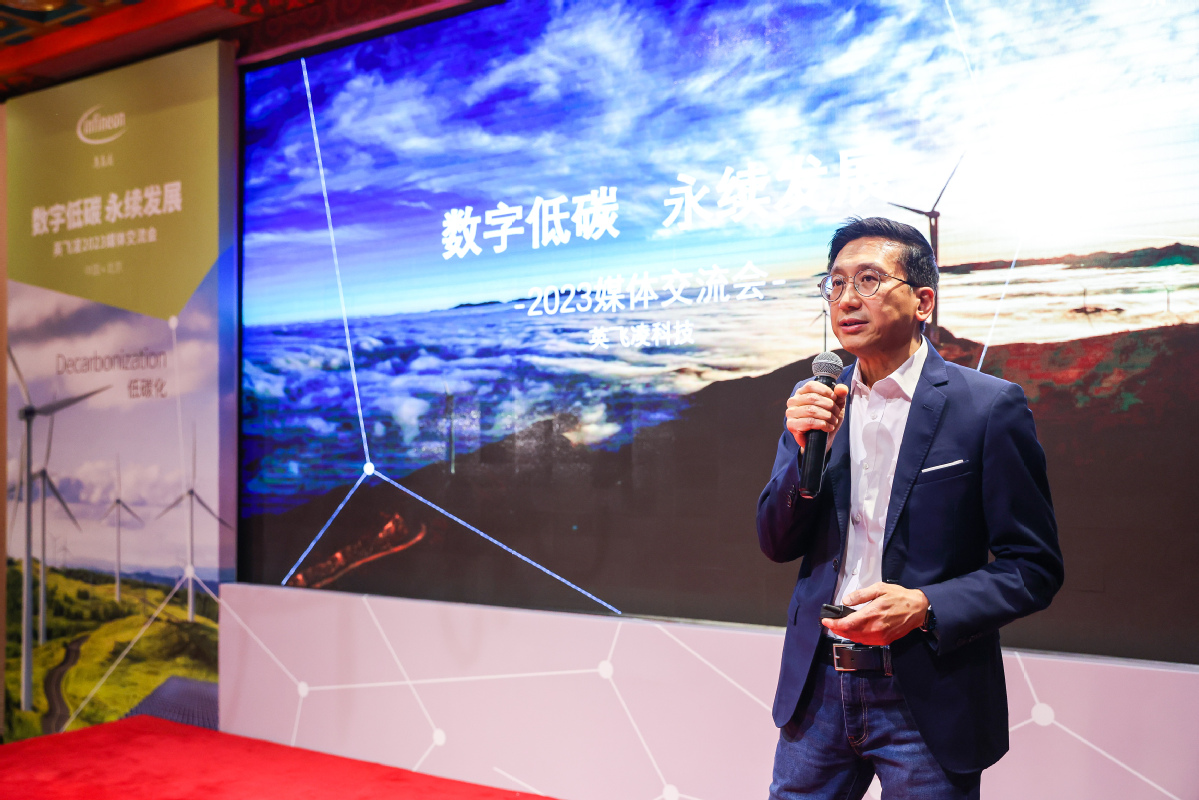
German chipmaker Infineon Technologies AG is ratcheting up resources to tap into the low carbon and digitalization opportunities in China.
David Poon, president of Infineon Greater China Region, said low carbon and digitalization are the main forces shaping the next decade.
According to him, Infineon's China branch is committed to building a local ecosystem with global service capabilities that can increase customer value and promote the coordinated development of all parties in the industrial chain to produce a win-win result.
China is the largest market for Infineon, accounting for as high as 37 percent of the German company's 14.2 billion euros ($15.1 billion) revenue in 2022.
Infineon is the world's biggest maker of various power-related semiconductors for solar and wind renewable energy infrastructure and vehicle electrification.
Power semiconductors are widely used for power conversion, characterized by a variety of applications including not only pure electric vehicles, but also household appliances, transportation, industry and other sectors.
From the perspective of market demand, China's low-carbon drive has brought a new demand for energy conservation and the reduction of emissions. The digitalization of infrastructure is still in progress, resulting in rapid growth in demand for power chips.
Data showed that, in 2022, the overall market of opportunities concerning Infineon's businesses in China reached 180.14 billion euros, which is nearly 30 billion euros more than the sum of other regions.
Moreover, the overall market in China will also see the biggest growth from 2022 to 2026, Infineon forecast.
Infineon is betting on next-generation power semiconductors, such as gallium nitride and silicon carbide, to spur growth.
Infineon recently disclosed an $830 million deal to acquire Ottawa-based chip designer GaN Systems in a move to boost its product portfolio and "strengthen its leadership" in the power systems area.





















